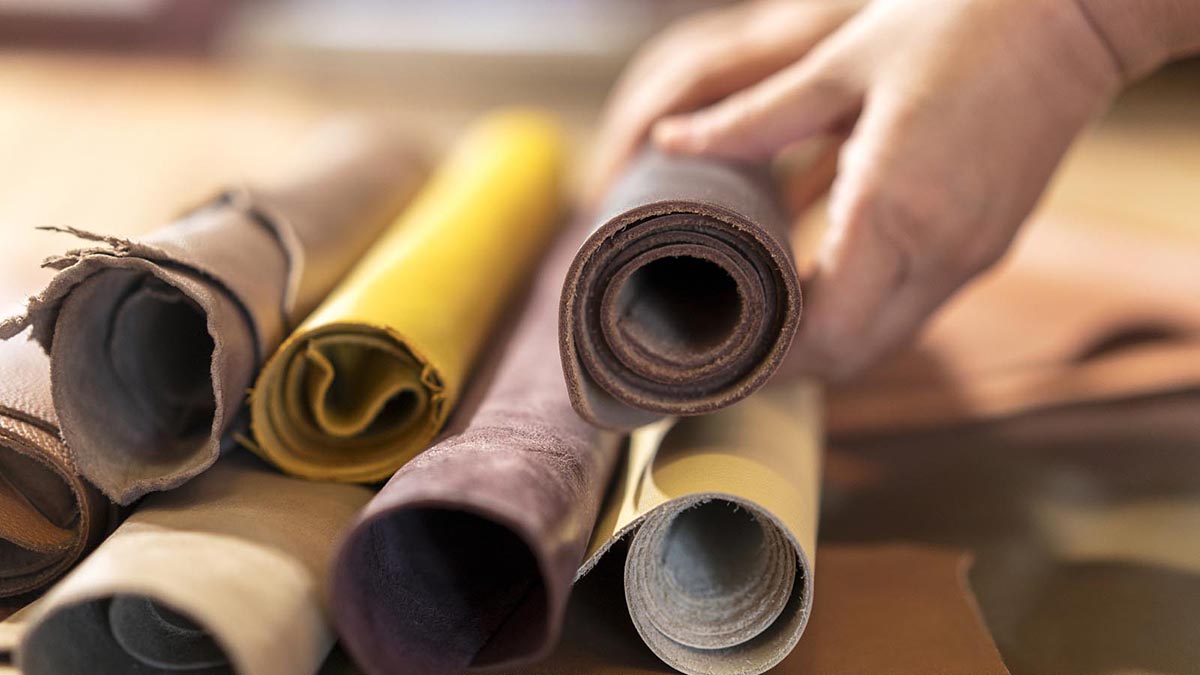PVC-based artificial leather (PVC-AL) remains a dominant material in automotive interiors, upholstery, and industrial textiles due to its balance of cost, processability, and aesthetic versatility. However, its manufacturing process is plagued by intrinsic technical challenges rooted in the polymer’s chemical properties—challenges that directly impact product performance, regulatory compliance, and production efficiency.
Thermal Degradation: A Fundamental Processing Barrier
PVC’s inherent instability at typical processing temperatures (160–200°C) poses the primary bottleneck. The polymer undergoes dehydrochlorination (HCl elimination) via a self-catalyzed chain reaction, leading to three cascading issues:
• Process disruption: Released HCl corrodes metal equipment (calenders, coating dies) and causes gelation of the PVC matrix, resulting in batch defects like surface blisters or uneven thickness.
• Product discoloration: Conjugated polyene sequences formed during degradation impart yellowing or browning, failing to meet strict color consistency standards for high-end applications.
• Mechanical property loss: Chain scission weakens the polymer network, reducing the finished leather’s tensile strength and tear resistance by up to 30% in severe cases.
Environmental and Regulatory Compliance Pressures
Traditional PVC-AL production faces escalating scrutiny under global regulations (e.g., EU REACH, US EPA VOC standards):
• Volatile organic compound (VOC) emissions: Thermal degradation and solvent-based plasticizer incorporation release VOCs (e.g., phthalate derivatives) that exceed emission thresholds.
• Heavy metal residues: Legacy stabilizer systems (e.g., lead, cadmium-based) leave trace contaminants, disqualifying products from eco-label certifications (e.g., OEKO-TEX® 100).
• End-of-life recyclability: Unstabilized PVC degrades further during mechanical recycling, producing toxic leachate and reducing the quality of recycled feedstock.
Poor Durability Under Service Conditions
Even post-production, unstabilized PVC-AL suffers accelerated aging:
• UV-induced degradation: Sunlight triggers photo-oxidation, breaking polymer chains and causing brittleness—critical for automotive or outdoor upholstery.
• Plasticizer migration: Without stabilizer-mediated matrix reinforcement, plasticizers leach over time, leading to hardening and cracking.
The Mitigative Role of PVC Stabilizers: Mechanisms and Value
PVC stabilizers address these pain points by targeting degradation pathways at the molecular level, with modern formulations divided into functional categories:
▼ Thermal Stabilizers
These act as HCl scavengers and chain terminators:
• They neutralize released HCl (via reaction with metal soaps or organic ligands) to halt autocatalysis, extending processing window stability by 20–40 minutes.
• Organic co-stabilizers (e.g., hindered phenols) trap free radicals generated during degradation, preserving molecular chain integrity and preventing discoloration.
▼ Light Stabilizers
Integrated with thermal systems, they absorb or dissipate UV energy:
• UV absorbers (e.g., benzophenones) convert UV radiation to harmless heat, while hindered amine light stabilizers (HALS) regenerate damaged polymer segments, doubling the material’s outdoor service life.
▼ Eco-Friendly Formulations
Calcium-zinc (Ca-Zn) composite stabilizers have replaced heavy metal variants, meeting regulatory requirements while maintaining performance. They also reduce VOC emissions by 15–25% by minimizing thermal degradation during processing.
Stabilizers as a Foundational Solution
PVC stabilizers are not merely additives—they are enablers of viable PVC-AL production. By mitigating thermal degradation, ensuring regulatory compliance, and enhancing durability, they resolve the polymer’s intrinsic flaws. That said, they cannot address all industry challenges: advancements in bio-based plasticizers and chemical recycling remain necessary to fully align PVC-AL with circular economy goals. For now, however, optimized stabilizer systems are the most technically mature and cost-effective pathway to high-quality, compliant PVC artificial leather.
Post time: Nov-12-2025



